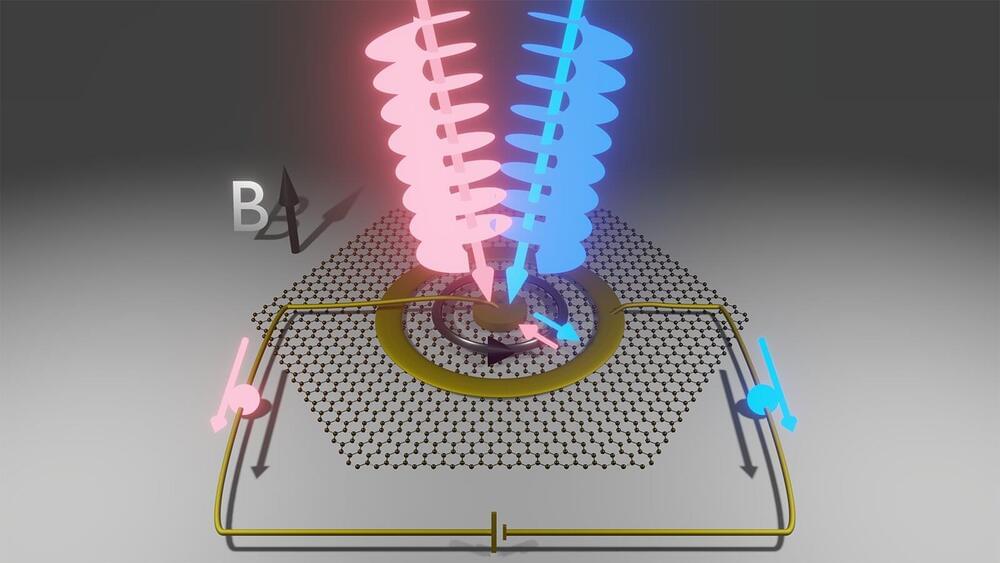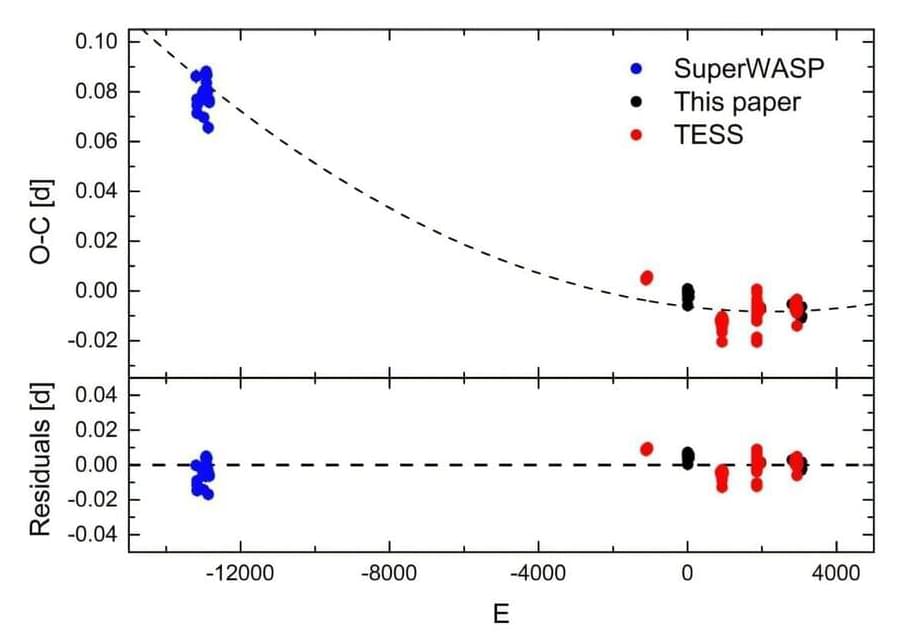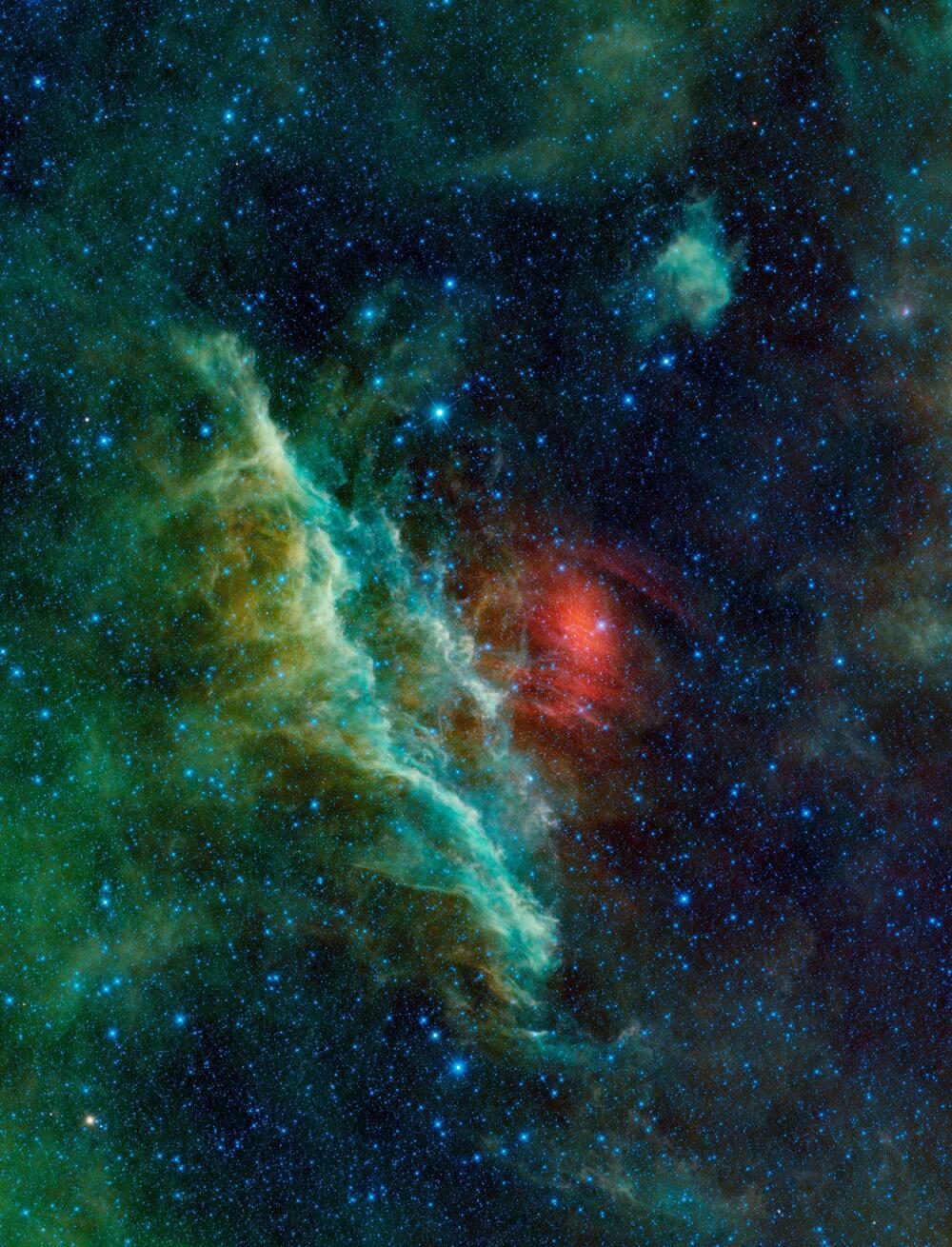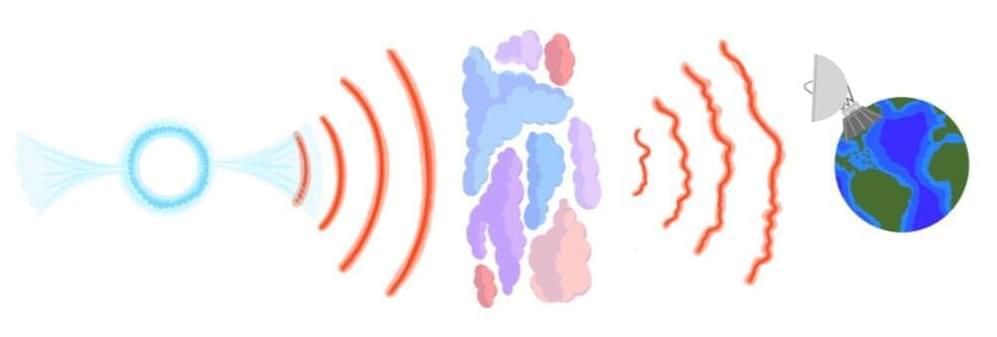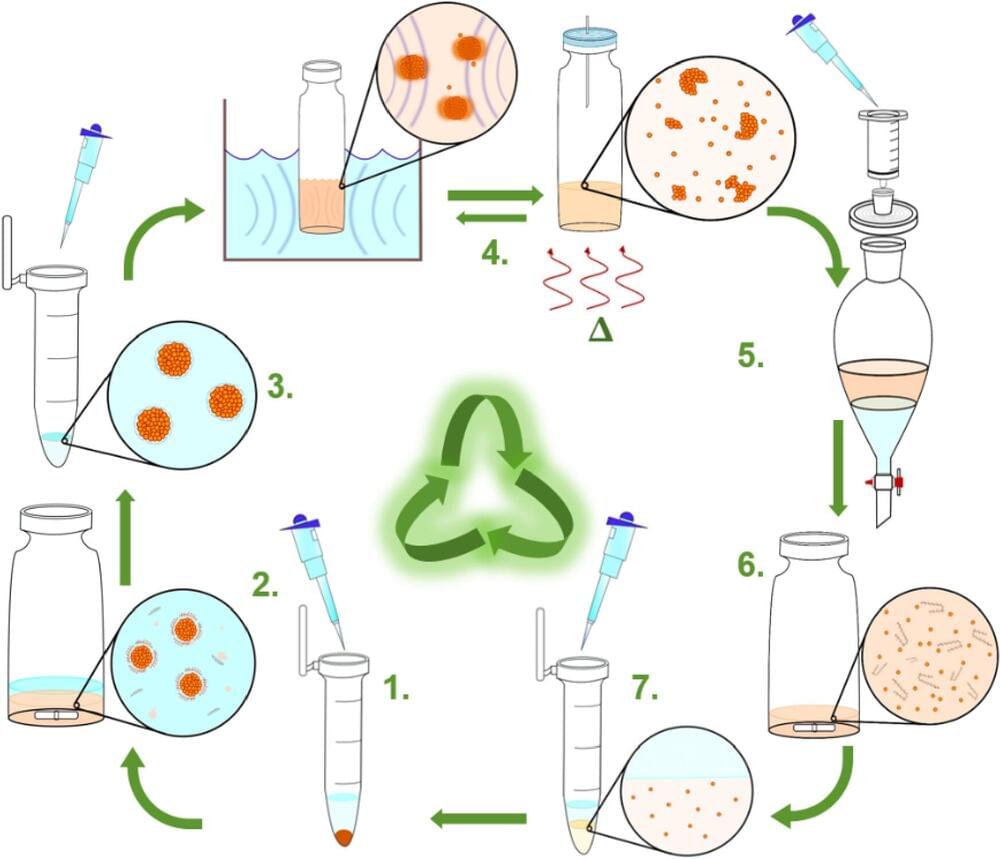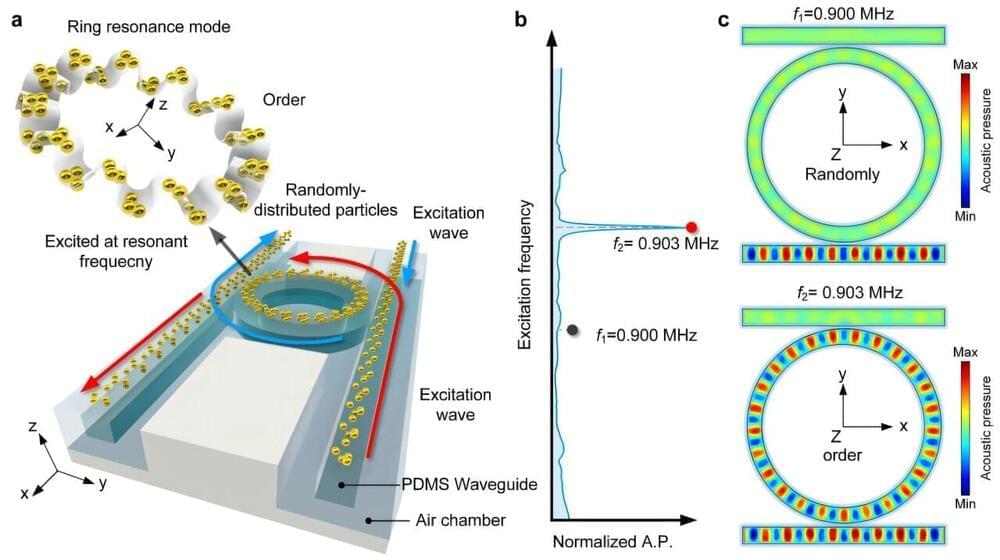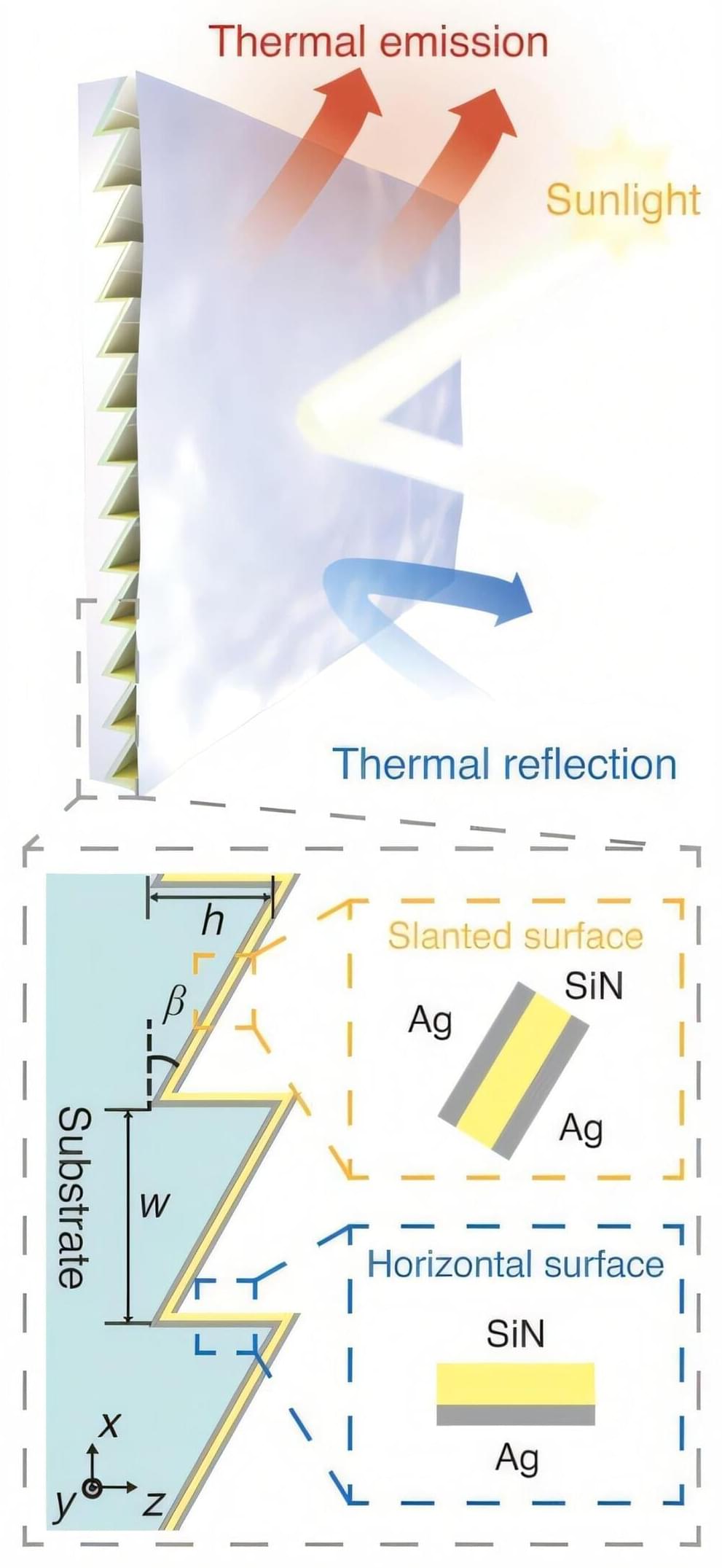It’s hard to tell when you’re catching some rays at the beach, but light packs a punch. Not only does a beam of light carry energy, it can also carry momentum. This includes linear momentum, which is what makes a speeding train hard to stop, and orbital angular momentum, which is what the Earth carries as it revolves around the sun.
In a new paper, scientists seeking better methods for controlling the quantum interactions between light and matter have demonstrated a novel way to use light to give electrons a spinning kick. They reported the results of their experiment, which shows that a light beam can reliably transfer orbital angular momentum to itinerant electrons in graphene, on Nov. 26, 2024, in the journal Nature Photonics.
Having tight control over the way that light and matter interact is an essential requirement for applications like quantum computing or quantum sensing. In particular, scientists have been interested in coaxing electrons to respond to some of the more exotic shapes that light beams can assume.
